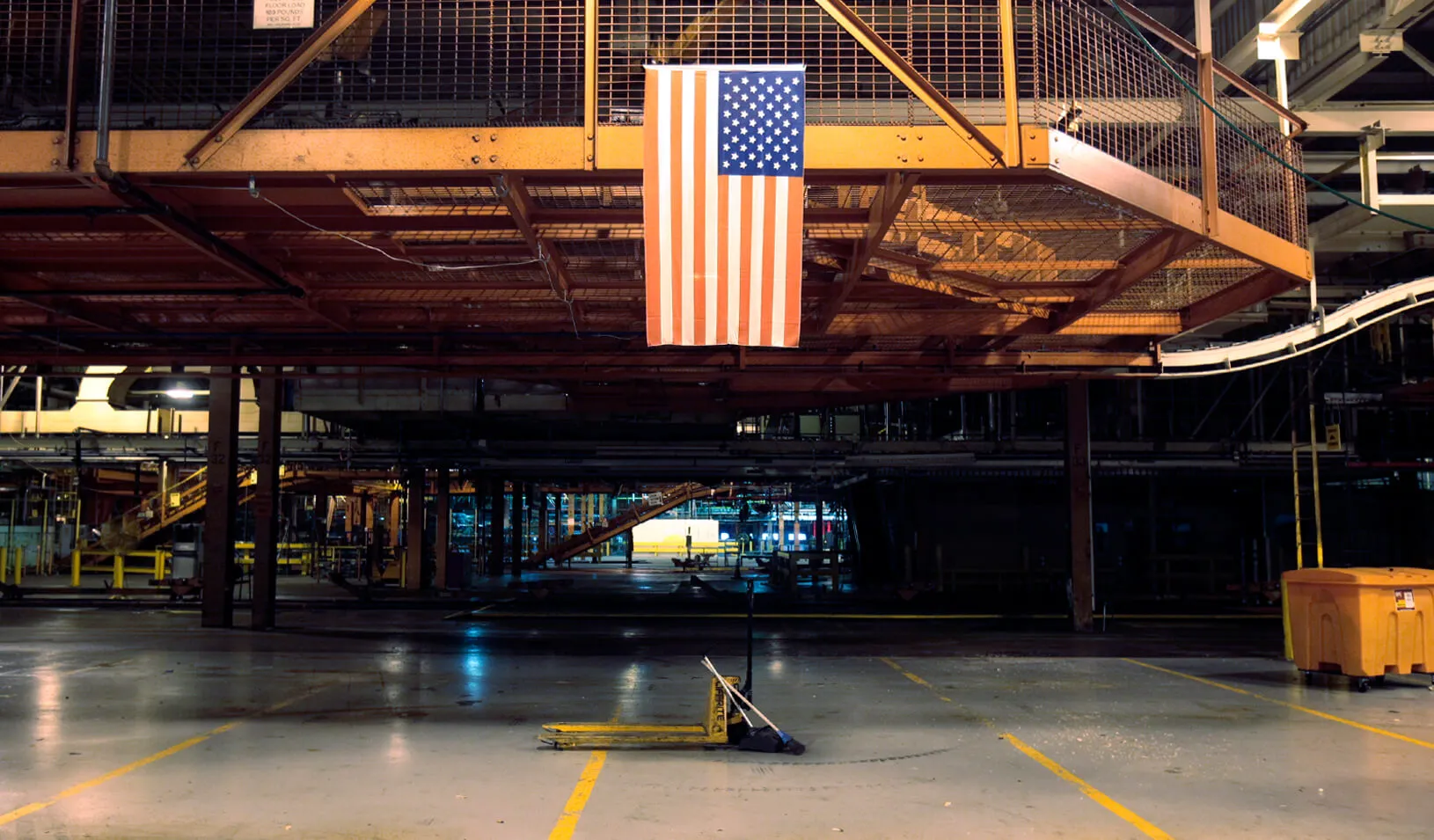What Happens to Local Jobs When State Taxes Go Up?
With states competing fiercely for business, even small increases in corporate rates will spur some firms to pull up stakes.
July 22, 2019
An analysis of 30 years of data found that a 1% increase in a state’s corporate tax rates prompted companies to reduce their workforce by 0.4% | Reuters/Rebecca Cook
It’s an article of faith for any local chamber of commerce: If you raise taxes on business, companies will move somewhere else.
Despite scores of studies, however, the evidence has always been murky. Companies clearly don’t like higher taxes and look for ways to lower them. The problem is that tax rates are only one out of many factors that influence a company’s decision about where to locate or leave.
Some high-tax states, such as California and Massachusetts, remain huge centers of business. Mississippi, with a much lower corporate rate, continues to rank as the poorest state in the nation.
Now, a new study, coauthored by finance professor Joshua D. Rauh at Stanford Graduate School of Business, offers a solid answer: Hiking the state corporate tax rate just one percentage point, say, from 6% to 7%, will indeed spur some companies to pull up stakes and take jobs with them.
In the study, Rauh teamed with Xavier Giroud of Columbia University to analyze 30 years of data to see exactly how companies responded when states increased or decreased tax rates.
Isolating Taxes from Other Variables
The main challenge, Rauh says, is to isolate the effect of a tax increase from all other factors that might give companies incentive to downsize or relocate. If oil prices plunge, for example, oil-drilling companies are likely to retrench even if tax rates go down.
To get to the truth, the researchers looked at the impact of two distinct kinds of tax changes on business. The first were increases in state corporate tax rates, which only affect traditional “C” corporations. The second were increases in individual tax rates, which apply only to the owners of partnerships, “S” corporations, and other so-called “pass-through” businesses. Pass-through companies pay no corporate income tax, but their shareholders are taxed on profits at the individual level.
If it’s true that tax increases affect where companies decide to locate, the researchers theorized, then an increase in the corporate rate would influence “C” corporations but have no impact on pass-throughs. If states increased their individual rates, the reverse would be true. And if both patterns held, it would be double proof that tax increases have a decisive impact on where companies locate.
Analyzing 30 years of Census data, Rauh and Giroud looked at virtually all companies that had more than 100 employees and establishments in at least two states.
As it happened, each kind of tax increase had a meaningful impact on both the number of business establishments and the number of people they employ.
A 1% increase in the corporate tax rate had no effect on the pass-through companies, but C corporations closed about 0.5% of their establishments, the researchers found. Conversely, a comparable increase in individual tax rates had no effect on C corporations, but the pass-through companies closed about 0.4% of their establishments.
“Our research design makes it clear that these closures are true responses to tax policy,” Rauh says.
Take This Job and Move It
Perhaps more important, companies also took jobs with them. On average, a 1% increase in corporate tax rates prompted companies to reduce their employment in the state by 0.4%. About half of those jobs moved to a different state, which indicates that “tax competition” between states magnifies the impact of rate changes.
“Firms apparently respond to state taxes as much through reallocating labor as they do through reallocating capital,” the researchers write.
“It’s an important finding,” Rauh says, “because it points to the tendency of firms to hire and fire workers in response to tax policy. For state legislators, the takeaway is that if you’re in a region characterized by a lot of tax competition, you have to expect a fairly large response when you change tax rates.”
A Race to the Bottom
Does that mean states will increasingly find themselves in competition to reduce corporate tax rates?
Not exactly, says Rauh. At the moment, he says, many states are actually setting high tax rates and then offering generous targeted tax subsidies to individual companies.
“It seems that the race is happening in very targeted tax incentives, the prime example being the competition for Amazon’s second headquarters,” he says. “State authorities are setting high statutory rates and then doling out tax breaks to companies that they judge as having value to their state.
“This is in a way an even worse kind of race to the bottom,” Rauh adds. “It leaves substantial discretion in the hands of government officials, who may offer tax breaks only to companies of their choosing, with political considerations possibly affecting their decisions. Tax policy should not tilt the level playing field of economic competition.”
For media inquiries, visit the Newsroom.
Explore More

The Surprising Economic Upside to Money in U.S. Politics

Nine Stories to Get You Through Tax Season



